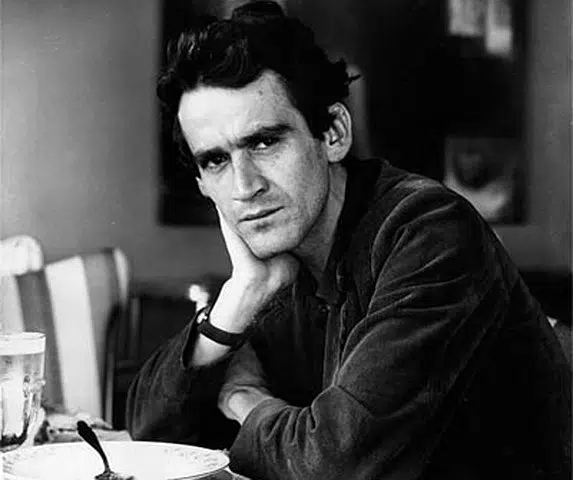
Gonzalo Arango, founder of Nadaism, passed away at the age of 45
Nadaism is a poetic avant-garde movement that was born in Colombia in the late 1950s and developed during the 1960s . Gonzalo Arango is considered its main promoter, along with poets such as Jotamario Arbeláez , Jaime Jaramillo Escobar , Humberto Navarro , Jaime Espinel , Amílcar Osorio and Diego León Giraldo , among others.
For instincts and pleasure
Inspired by surrealism and dadaism , nadaism opposed academicism . It was a nihilistic movement whose name comes from the concept of nothingness .
The Nadaism leaders defended sexual freedom and the use of drugs . Their philosophy aimed to free man from idealism and reason in order to give himself over to instincts and pleasure .
In the First Nadaist Manifesto , published in 1958 , Arango defined Nadaism as a “state of the revolutionary spirit” and the artist as a “privileged being” who possesses “certain exceptional and mysterious gifts.” For Nadaism, moreover, poetry is an “act that exhausts itself in itself” and that does not have a moralizing or social purpose.
Some scholars point out a similarity between Nadaism and existentialism , and even go so far as to say that the former is a Latin version of the latter. Let us remember that the latter is a current of philosophy and a vanguard of literature that focused on the very existence of the human being through the study of issues such as individual responsibility, freedom, the very meaning of life, our condition as people and the emotional plane.
Resources and objectives
As for the characteristics of his poetic creation, Nadaism rejected aestheticism and opposed costumbrismo . His works resorted to irreverence and the destruction of canons.
It is interesting to note that Nadaism did not seek to bring about a change in society , since it considered that this was impossible. Its aim was the action of change itself, questioning and attacking in the process the predominant beliefs and the current institutions.
Social protest was one of its main constituent elements. In its name we can see a very clear allusion to nothingness , which refers to the rejection and misery to which the generation of nadaism was subjected, as well as to the coexistence of the two opposing forces that its representatives tried to capture through the aesthetics of their works: creation and destruction.
Since they considered the destruction of the pre-established order to be impracticable, the tactics they used in their struggle revolved around a provocation directed at the bourgeoisie. To do so, they fearlessly questioned the conventions and pillars of culture and religion, everything that society respected simply because it was a matter of tradition.

Nadaism sought to break with impositions and traditions
Gonzalo Arango
The founder of Nadaism, whose full name was Gonzalo Arango Arias , was born in 1931 in the municipality of Gachancipá, Colombia. He devoted himself to poetry, journalism, narrative and theater. In addition to his inspiration in French existentialism , Dadaism, surrealism and other important avant-garde art movements, both he and his followers were strongly influenced by Fernando González Ochoa , another important Colombian writer.
One of the characteristics that draws attention when observing Arango's life is the presence of certain contradictions, such as the one that can be seen between his atheism, which he had no qualms about assuming in front of others, and his undeniable relationship with spirituality. Unfortunately, a traffic accident cost him his life when he was barely 45 years old . He had founded Nadaism less than two decades earlier, so his followers took charge of making the legacy grow.
